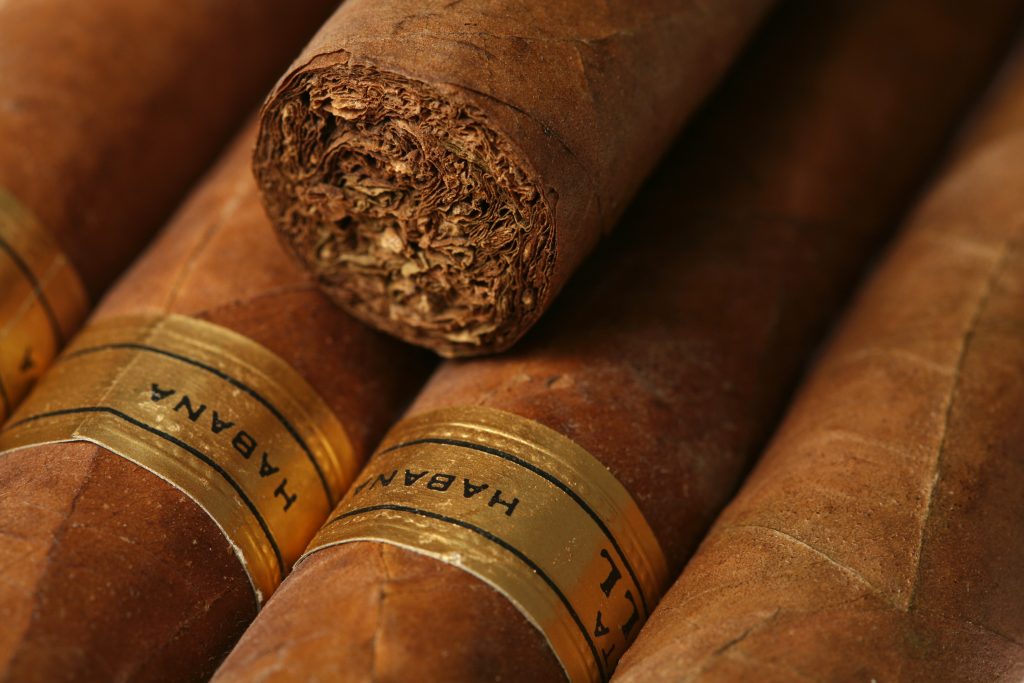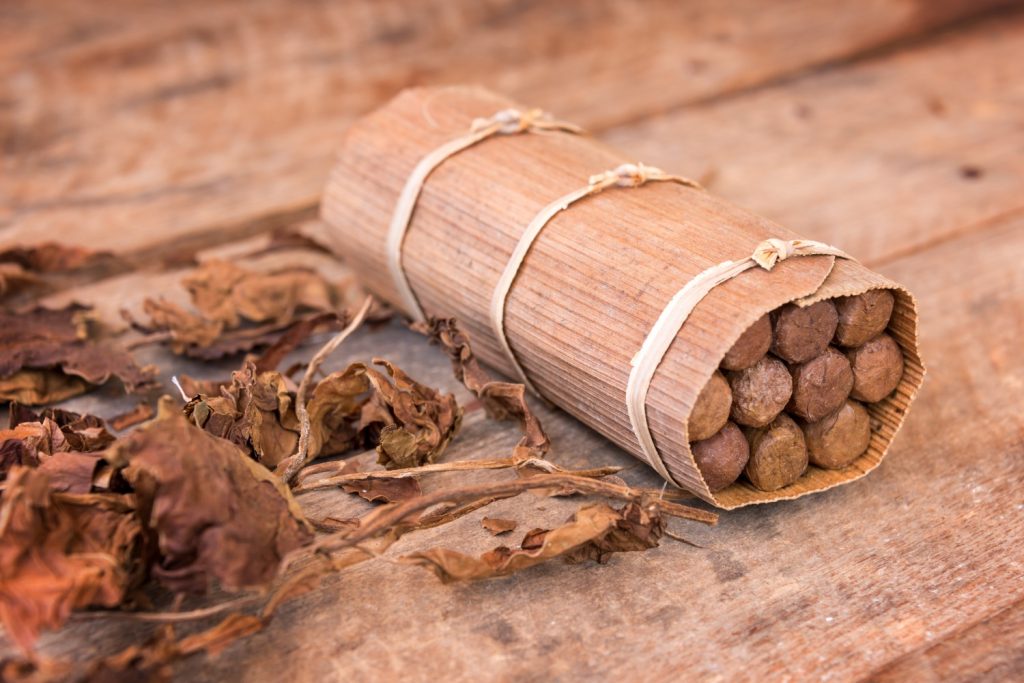Do You Know How Your Favourite Cigars Are Made?
You already know the anatomy of your favourite smokes, and what differentiates the cap from the foot; but do you know how the cigar itself is made? From Cuban cigars to Nicaraguan cigars, here at James J Fox, we are incredibly passionate about cigars and everything related to them, which is why we strive to know exactly how the perfect smoke is created – and pass this knowledge to other cigar aficionados!


Curing and Fermenting
First things first. After being harvested, the tobacco leaves are cured through a process that aims to reduce their sugar and water content, which can take up to six weeks – this will depend on certain factors, like the climatic conditions of the area. They are then fermented. The leaves undergo a slow process in which temperature and humidity are carefully measured so that they obtain more flavour and aroma and burn more easily.Choosing the Leaves
When the leaves are ready to be used, the creation of the cigar starts. It’s important that the correct parts of the tobacco plant are used for each structural element of the smoke. For example, the wrapper of the cigar tends to be a leaf that comes from the bottom of the tobacco plant. Additionally, only the finest leaves are chosen to create a cigar. This means picking out the best wrappers, fillers and binders, which are sorted according to several different components, including colour, strength and texture.
Creating the Perfect Blend
The role of a blender is to choose the perfect combination of leaves for a specific cigar. Each blend is unique and distinguishable by its flavours. This means that the same blend needs to be used for a certain brand in order to ensure its cigars taste the same. Blends follow exact ‘recipes’, then, with each leaf being selected by hand and sorted together with other leaves that will be used for the same blend.Bunching and Binding
The next step is to shape the blend into a rough cylinder or ‘bunch’. The leaves have to lie evenly so that the cigar will not burn too fast and will not look irregular or imperfect. The bunches are then wrapped with a binder, which is a layer of tobacco, that is then moulded and shaped into the cigar form you know. This moulding process is incredibly time-consuming, as to prevent any imperfections in the final product, such as creases, which can affect the look and quality of the cigar.Rolling the Cigar
Someone with many years of rolling experience under their belt is likely capable of rolling hundreds of cigars per day – each one looking nearly identical to the other. This process refers to the stretching of wrapper tobacco around the previously moulded cigar and also gives an appealing aesthetic to the smoke. The rollers use speciality knives to quickly roll the cigars, which are then stored and aged in the same room or compartment for a long time. They absorb the same flavours and aromas, which further helps to make them uniform.



